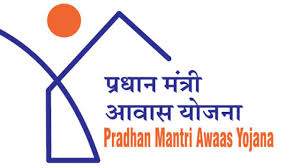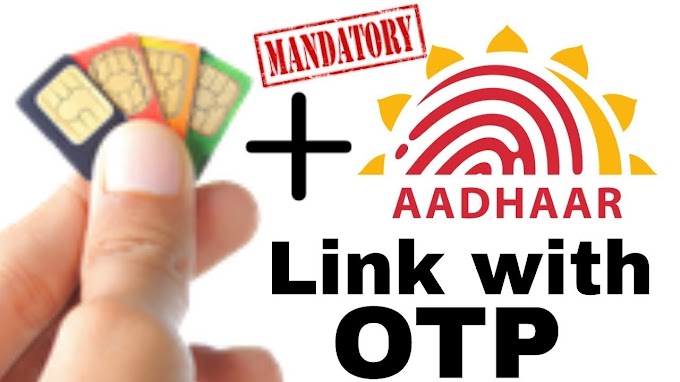“PM Narendra Modi ji to announce nationwide rollout of Pradhan Mantri Digital Health Mission on September 27. Under this, a unique digital health ID will be provided to the people, which will contain all the health records of the person,” Union Health Minister Mansukh Mandaviya had tweeted on Thursday.
The ID will be created using an Aadhar Card or the beneficiary’s mobile number, and will serve as an identifier to pull relevant health records.
A government official involved in the making of NDHM said the PM-DHM will act as a “one-stop solution” for all healthcare needs of the common man. It aims to develop the necessary backbone to support an integrated digital health infrastructure in the country.
The mission will create electronic medical records (EMR) for each individual, according to the NDHM’s website, which will allow doctors to track data over time, easily identify which patients are due for preventive screenings or checkups, check how their patients are doing on certain parameters (such as blood pressure readings) and monitor and improve overall quality of care within the practice.
The project was first launched in pilot phase in the Union Territories of Andaman and Nicobar Islands, Chandigarh, Dadra and Nagar Haveli, Daman and Diu, Ladakh, Lakshadweep, and Puducherry.
“This kind of digital communication will render cost effective services through access to large pool of clinicians and will help generate relevant data for health policy makers not only in modern medicine, preventive medicine, traditional system of medicines and Yoga for more inclusive healthcare system through interventions like artificial intelligence (AI) and machine learning (ML),” Dr. RS Sharma, CEO, National Health Authority, Union Ministry of Health and Family Welfare had said earlier.
How Will a Unique Health ID Work?
The scheme consists of four essential blocks — unique digital health ID, healthcare professionals registry, health facility registry and electronic health records.
The first objective of the scheme is to create a digital environment for healthcare via these four blocks. At a later stage, the government plans to integrate telemedicine and e-pharmacies.
A unique health ID, according to the government, is important to standardise the process of identification of an individual across healthcare providers. “The Health ID will be used for the purposes of uniquely identifying persons, authenticating them, and threading their health records (only with the informed consent of the patient) across multiple systems and stakeholders.”
To generate ID, the system will collect certain basic details including demographic and location, family/relationship, and contact details.
Apart from bringing doctors, the government will also create a comprehensive repository of all healthcare professionals working across both modern and traditional systems of medicine. It will also create a comprehensive repository of health facilities across India, including different systems of medicine.
“It includes both public and private health facilities including hospitals, clinics, diagnostic laboratories and imaging centers, pharmacies, etc.”
How Will Health Records be Created?
In the first step, a health ID will be created after which health information from an individual will be taken. This information will then be linked to the health ID, after taking the consent from those individuals.
The information termed as ‘Personal Health Record-System (PHR)’ will enable an individual to manage information about his or her healthcare, according to the NDHM’s website. This includes viewing of a longitudinal record, consisting of all health data, lab reports, treatment details, discharge summaries across one or multiple health facilities.
The mission will create ‘Electronic medical record (EMR)’ which, as explained by the government, is a digital version of a patient’s chart. It contains the patient’s medical and treatment history.
According to Sharma, EMR can be accessed by various systems and enable domain specific registries through the unified health interface (UHI) very similar to the unified payment interface (UPI).
“UHI is poised to make the healthcare service delivery landscape more competitive, reliable and accessible. We have a ubiquitous network of 120 crore telephone connections, 70 crore internet connections and 60 crore mobile subscribers,” Sharma had said earlier while adding, “We have data prices which are the lowest in the world and the consumption pattern is also 12 GB per month per person which is very huge.”
















Appreciate this beautiful Idea. God bless all civilians.
ReplyDelete